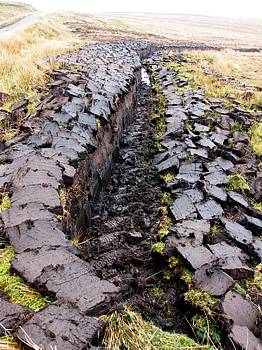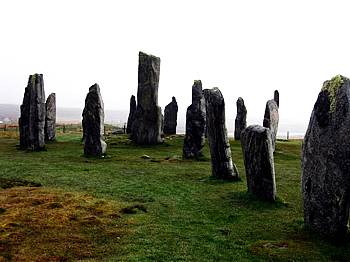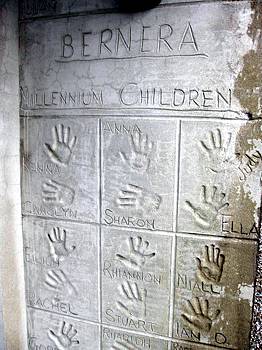Failte! Warm greetings to you from the edge of Europe! A rare opportunity arose last month which allowed us to visit the Western Highlands and Islands of Scotland. It offered a steep learning curve on Scottish history and emigration to the New World.
The CalMac Ferry leaving Uig on the Island of Skye
The Caledonian MacBrayne ferries are the lifeline which links the Western Isles of Scotland to the UK and mainland Europe. A significant contribution made by the Scottish National government has made the ferries more accessible to island people and commerce. The results have been dramatic and the islands are thriving again.

Crofts of the Highland Clearances
The Highland Clearances which started as early as 1762 and continued through 1840 had a devastating effect on the region, based on a belief that the clan chiefs “whom English law declared landlords “could raise sheep on their lands more economically than they could support expanding populations of their clansmen and women. Over-population was further eroded following the Great Potato Famines in Ireland and Scotland between 1845 and 1857. Both influences launched an exodus of peoples to Nova Scotia and the rest of Canada, the US, South Africa, Australia, New Zealand and elsewhere.

Peat moss – the living fuel of Island life
In a land long devoid of trees, the ample supplies of peat moss offer a living fuel that provides a lifeline of warmth for the peoples of these Western Isles. The digging, cutting, drying and storing of this “living black gold” became an essential component of life skills taught from an early age to boys and girls reared in this part of the world.

The ancient standing stones of Callanish
It is worth noting how the islands off the coast of Scotland have been inhabited for centuries, with Nordic connections that date from 2900 BC when the standing stones of Callanish started being erected. Many will know about the English standing stones at Stonehenge. The Callanish stones are in many ways more amazing. There are different clusters of stones at a number of different locations on Lewis but none compare with Callanish 1.

The Gearrannan Blackhouses of West Lewis
A settlement in the Gearrannan area of West Lewis was established two thousand years ago, later abandoned and not re-settled until the middle of the 18th Century. It was not until the Crofting Act of 1886 that conditions really improved very much for the general population, enabling people of the land to pass their land on to family members. In 1904, records show that there were 84 pupils in Carloway School from Gearrannan. In 1931, there were 31 children under the age of 15 in this village, and by 1951 that number had dwindled to 18. Employment, education, marriage and the Great War of 1914-18 helped to devastate this area of youth and vitality.

Children still feature prominently throughout the Hebrides!
On the small island of Bernera where in 1872, the islanders refused to send their livestock to Lewis and were threatened with military action, there is still evidence of children in a community determined to preserve its own history and traditions. The future of this region “like elsewhere “depends on investment in its youth. Be well!

A wooden bicycle at the edge of Europe